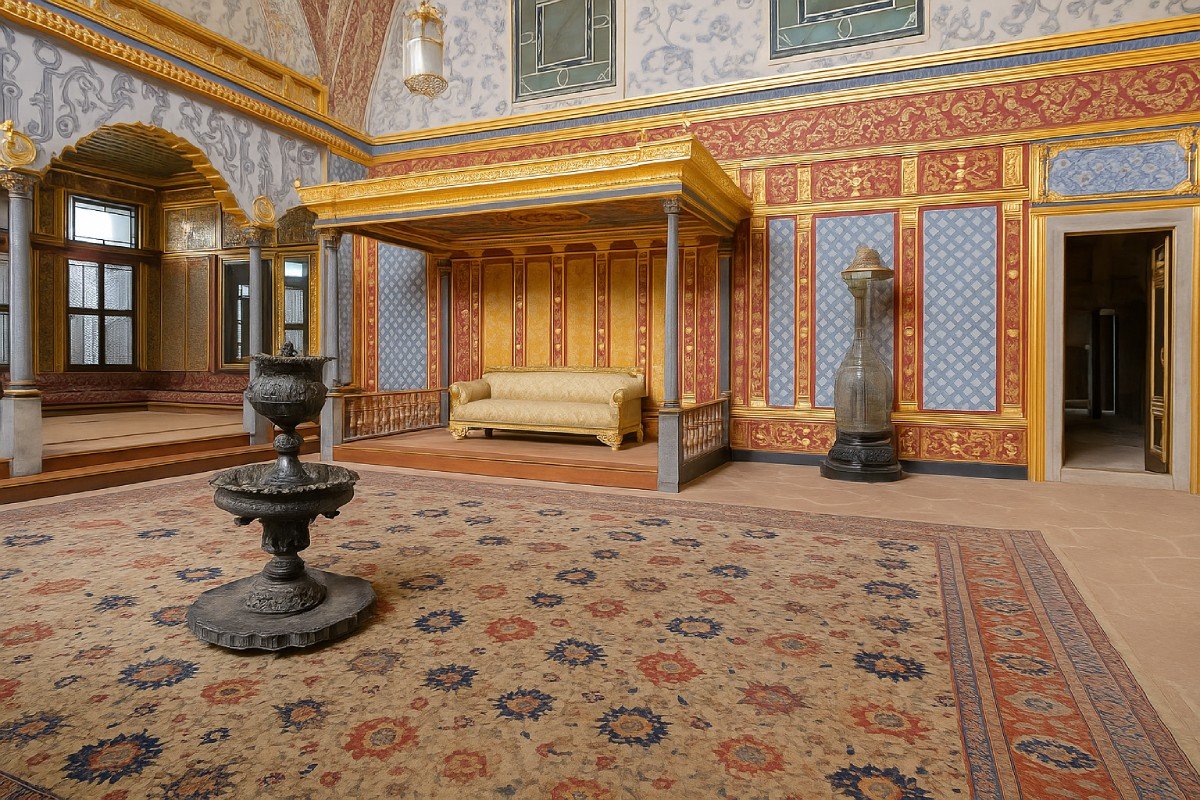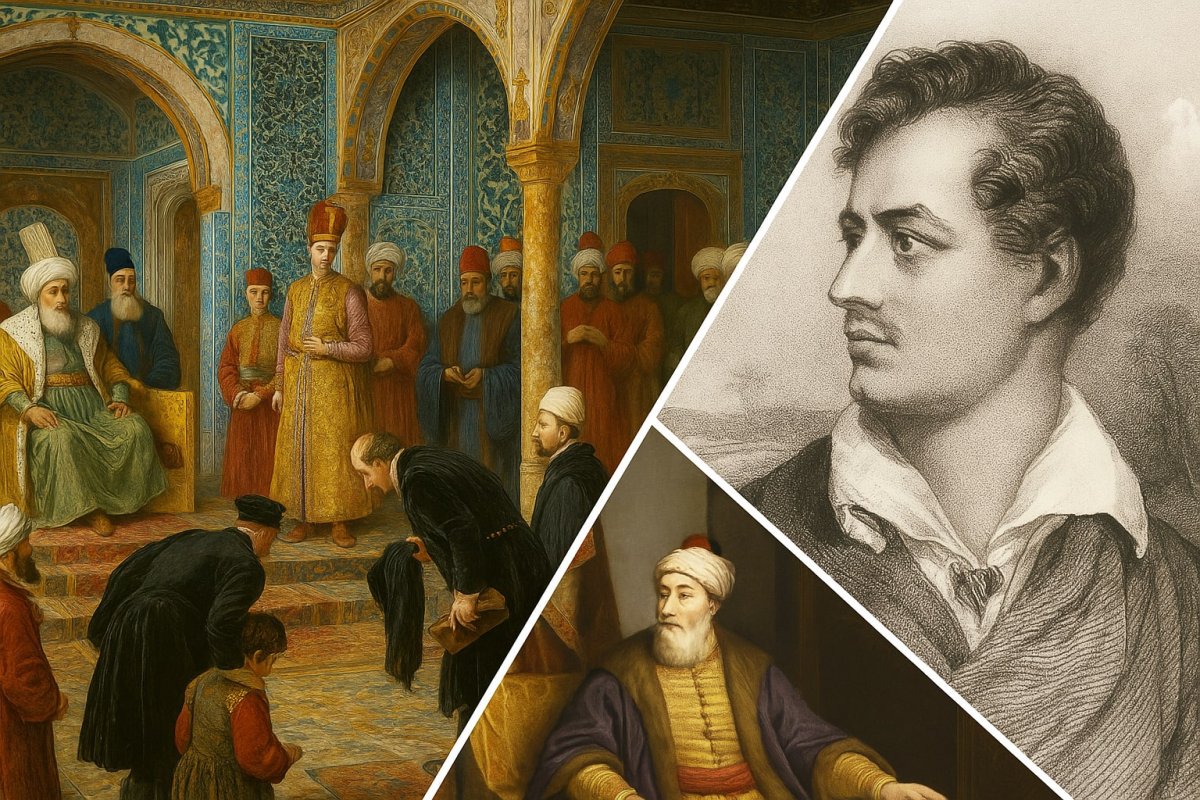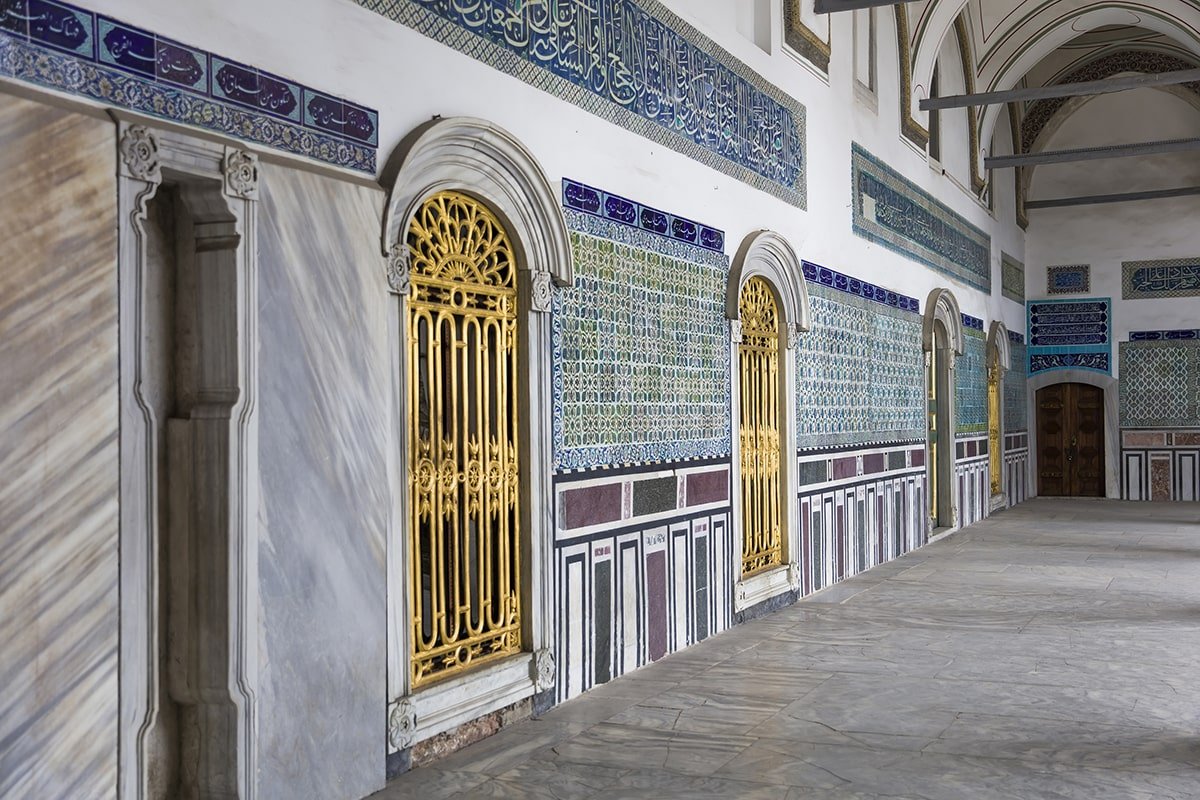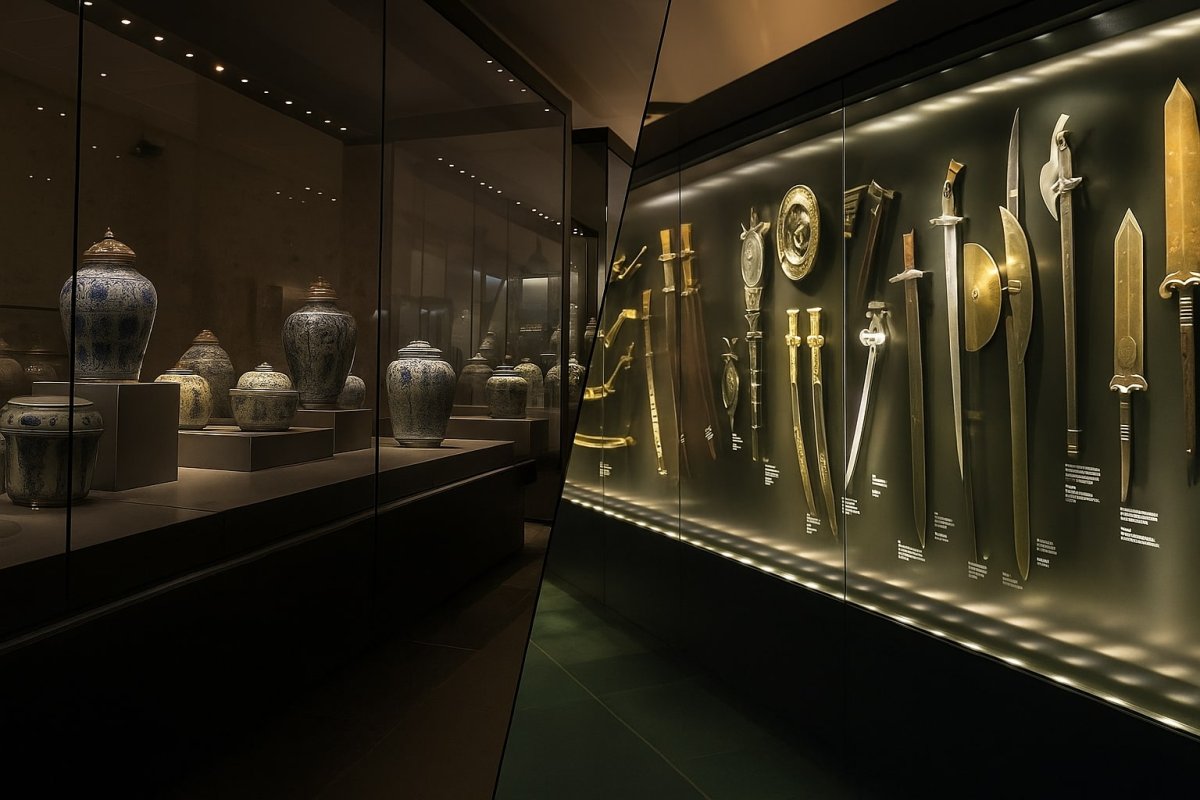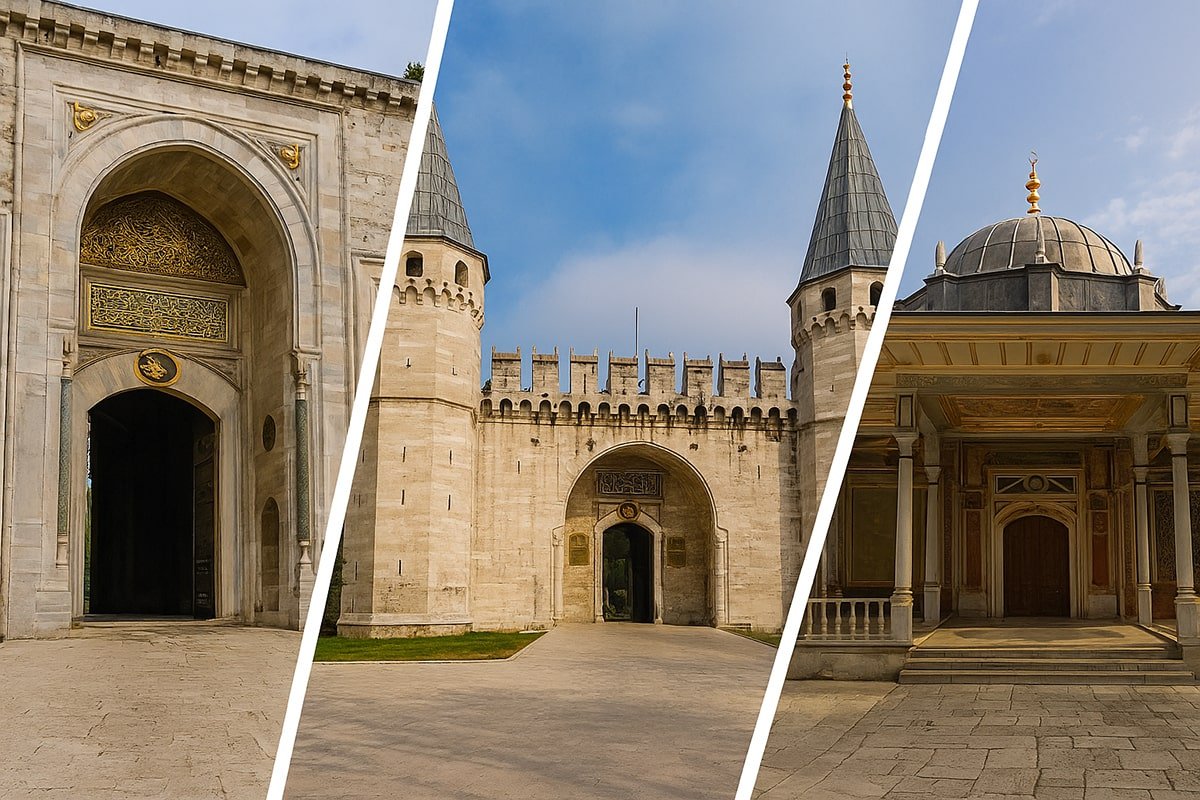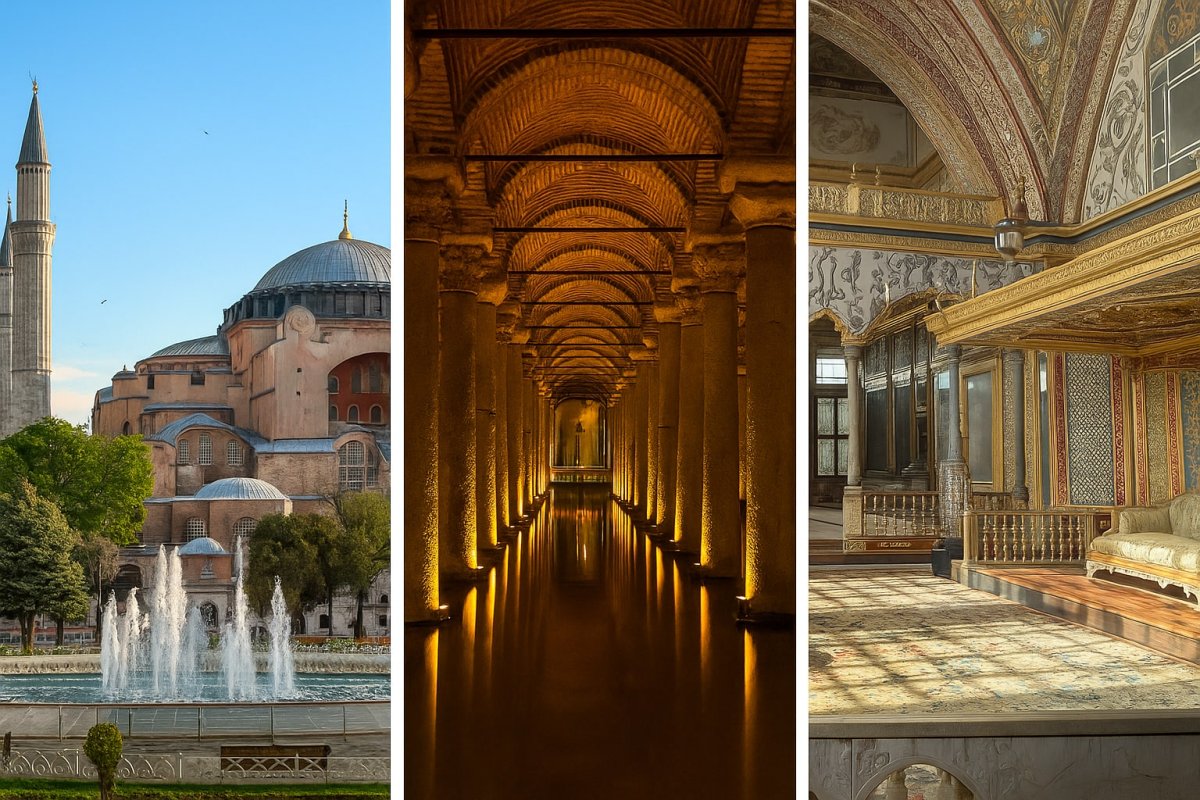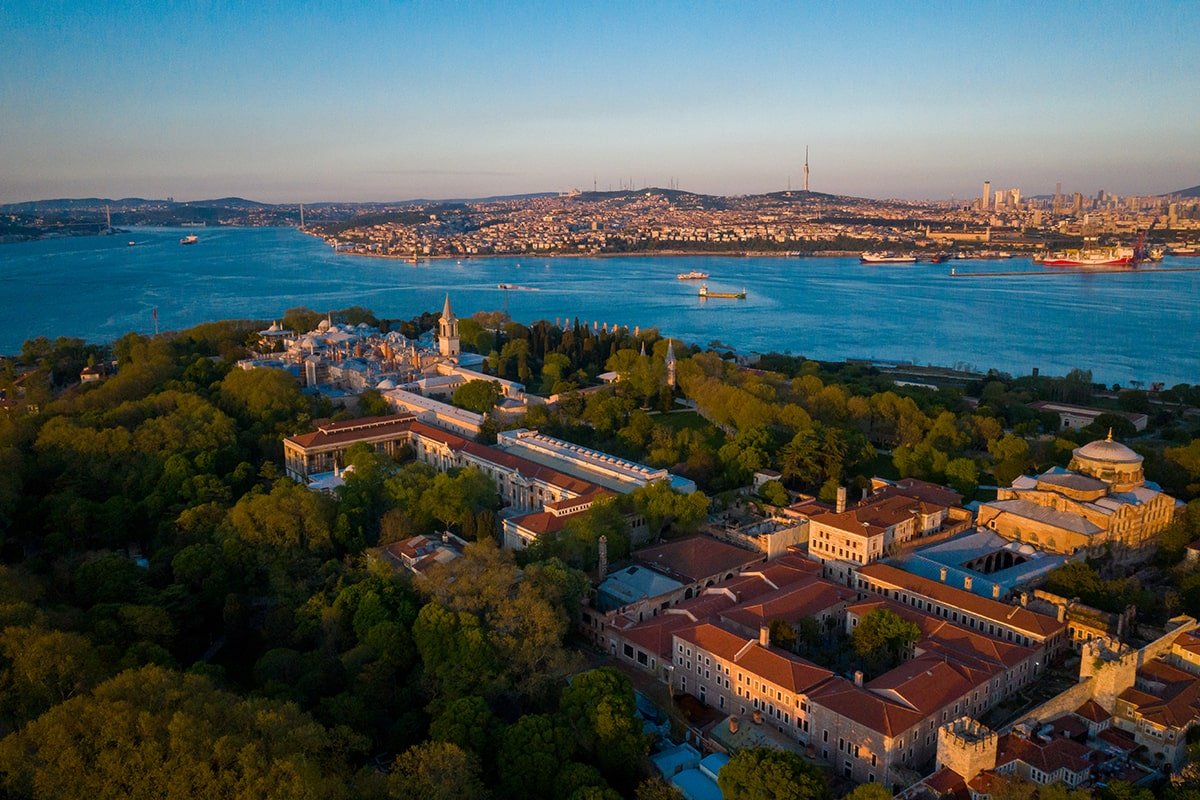Topkapi Palace is more than just a magnificent landmark in Istanbul—it’s a window into the heart of the Ottoman Empire. For nearly 400 years, it was the nerve center of one of history’s greatest empires. Here's a concise yet rich look at how Topkapi Palace evolved through the centuries.
Foundation by Mehmed the Conqueror
After conquering Constantinople in 1453, Sultan Mehmed II (Mehmed the Conqueror) ordered the construction of a new imperial palace. Built between 1460 and 1478 on the former site of the Byzantine acropolis, it was originally called the "New Palace" (Yeni Saray). The name "Topkapi" (Cannon Gate) was adopted in the 19th century, referencing a seaside gate nearby.
The Political and Ceremonial Heart of the Empire
Topkapi served as the administrative headquarters and official residence of the Ottoman sultans from the 15th to the mid-19th century. Within its four courtyards, sultans made state decisions, foreign dignitaries were received, and imperial councils were held. The palace was a symbol of power, but also of intense religious and political protocol.
Daily Life Behind the Walls
The Harem was the private section of the palace, home to the sultan's family and concubines. The Queen Mother (Valide Sultan) was often the most powerful figure inside. Hundreds of cooks, servants, janissaries, scholars, and artists lived and worked inside the palace’s massive compound.
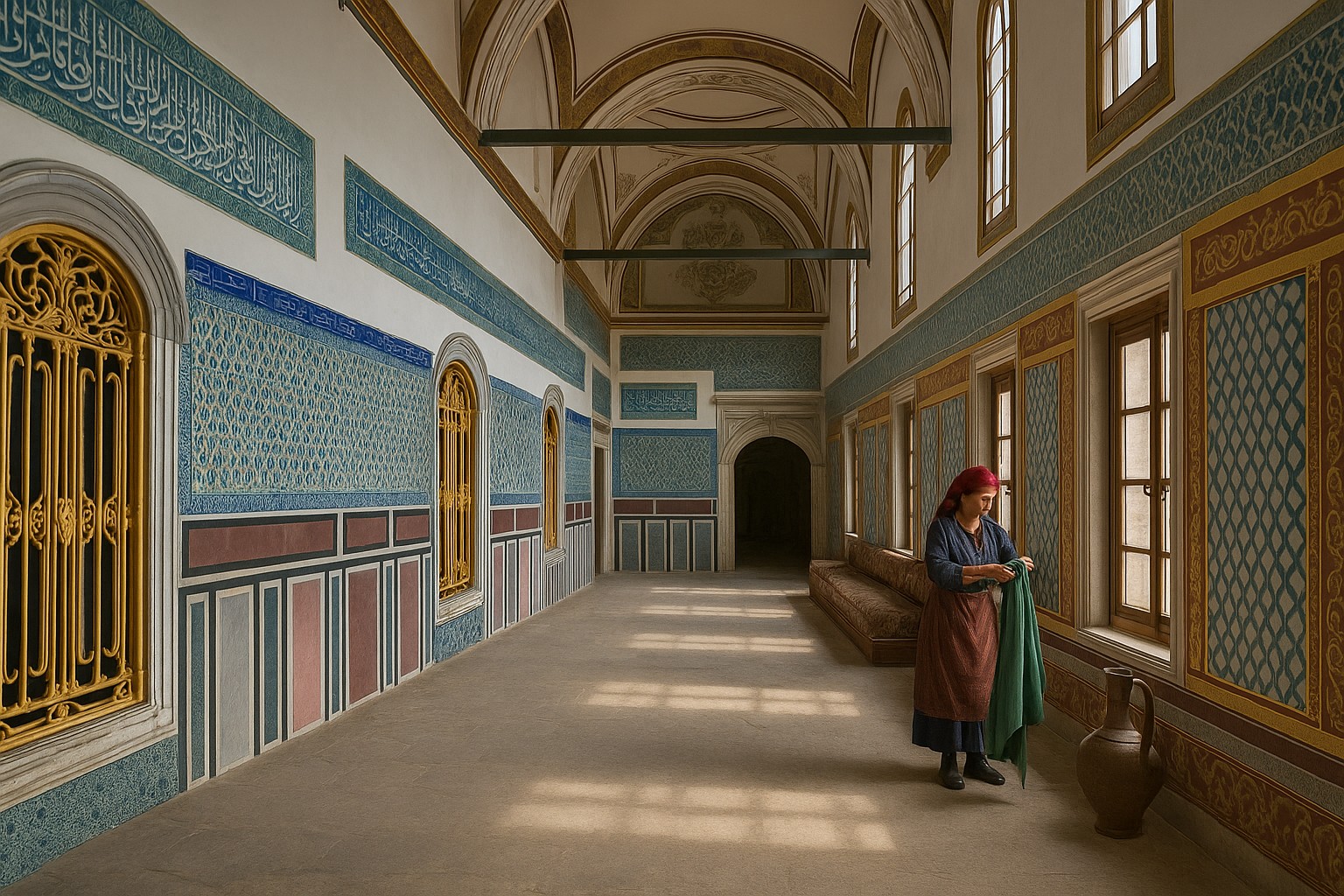
Decline and Transition
By the 17th century, the palace gradually lost its political significance. The sultans began spending more time in newer waterfront palaces like Dolmabahçe. In 1856, Topkapi ceased to be the royal residence altogether.
From Palace to Museum
Following the fall of the Ottoman Empire and the establishment of the Republic of Turkey, Topkapi Palace was turned into a museum in 1924 by Mustafa Kemal Atatürk. Today, it welcomes millions of visitors each year as one of the world’s most important heritage sites.
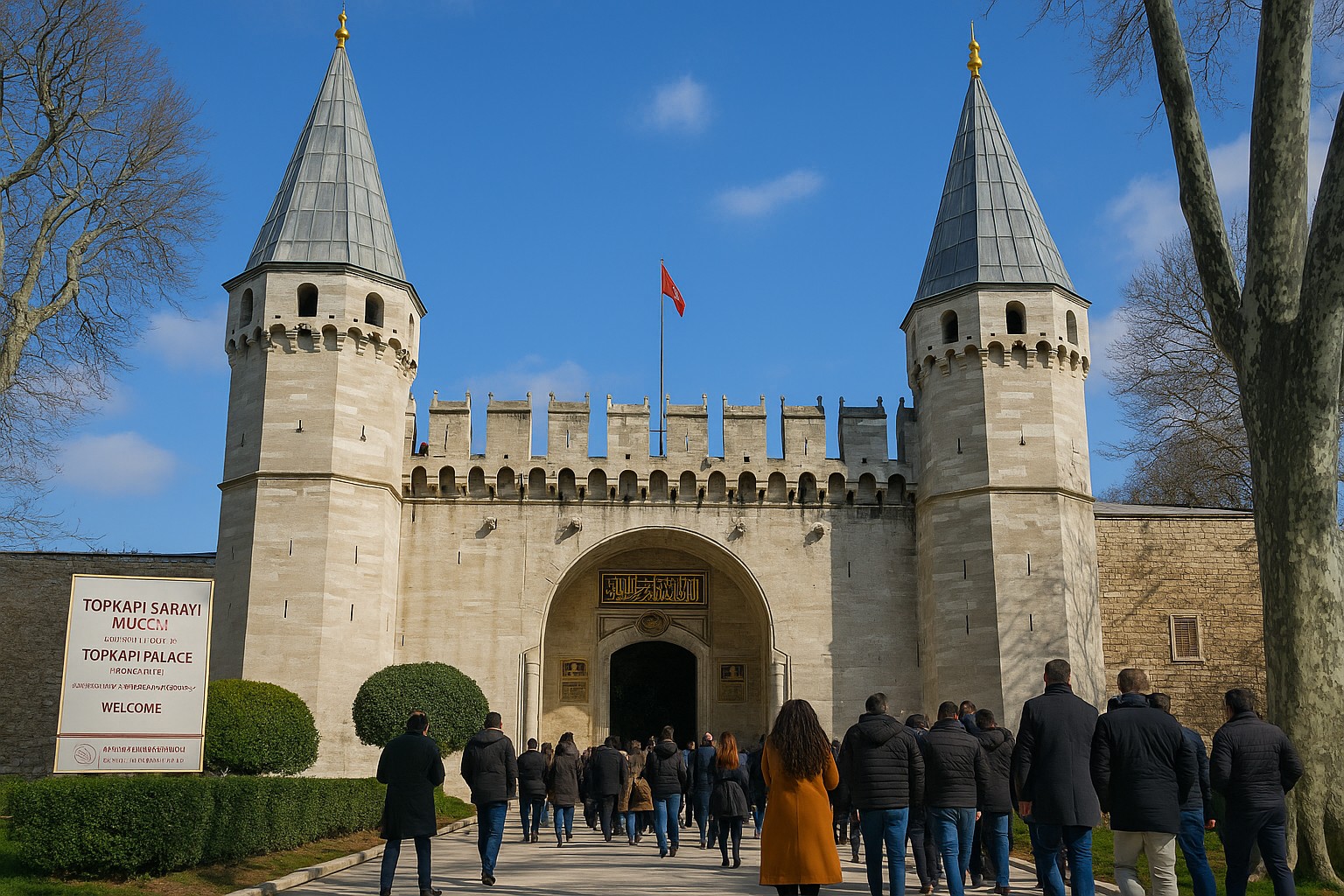
Conclusion
The history of Topkapi Palace is the story of empire, tradition, and transformation. Its architecture, rituals, and relics all speak of a past where grandeur and governance were deeply intertwined. A visit to Topkapi is not just a tour—it's a journey through centuries of imperial history.
